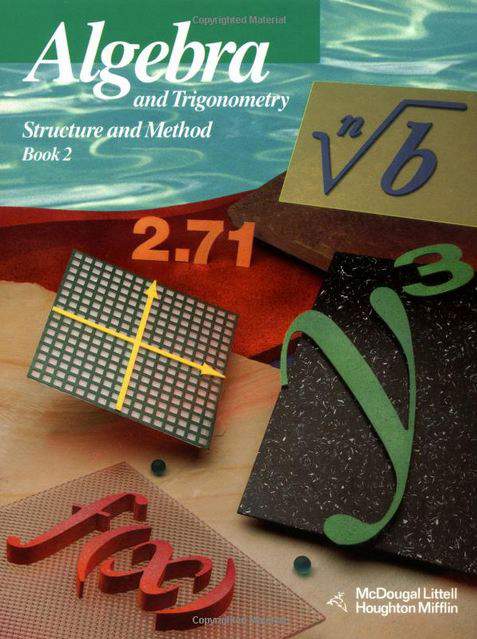Connecting...

This is a quick preview of the lesson. For full access, please Log In or Sign up.
For more information, please see full course syllabus of Algebra 2
For more information, please see full course syllabus of Algebra 2
Algebra 2 Polynomial Functions
Lecture Description
Firstly, polynomial is an expression in which the terms are monomials and there can’t be a variable in the denominator. If it were, the expression wouldn't be a polynomial. It’s important to know what the degree of a polynomial is, and what a leading coefficient is. A function with a polynomial on its right side is called a polynomial function. This function can be evaluated for both numerical values and algebraic expressions. And a zero on a polynomial function is a point at which the graph of a function intersects the x-axis. Also, you'll learn about the end behavior of the graph of the function and see how its degree affects the graph.
Bookmark & Share
Embed
Share this knowledge with your friends!
Copy & Paste this embed code into your website’s HTML
Please ensure that your website editor is in text mode when you paste the code.(In Wordpress, the mode button is on the top right corner.)
×
Since this lesson is not free, only the preview will appear on your website.
- - Allow users to view the embedded video in full-size.
Next Lecture
Previous Lecture









































 Carleen Eaton
Carleen Eaton Grant Fraser
Grant Fraser
 Answer Engine
Answer Engine



1 answer
Fri Jun 8, 2018 11:31 PM
Post by John Stedge on June 5, 2018
In example one when you re-wrote the polynomial you dropped on of the operational signs; you wrote -12x^4-11x^3-7x^23x+9 not -12x^4-11x^3-7x^2+3x+9. The way you wrote it, it seems that the "3x" is multiplying the "-7x^2".